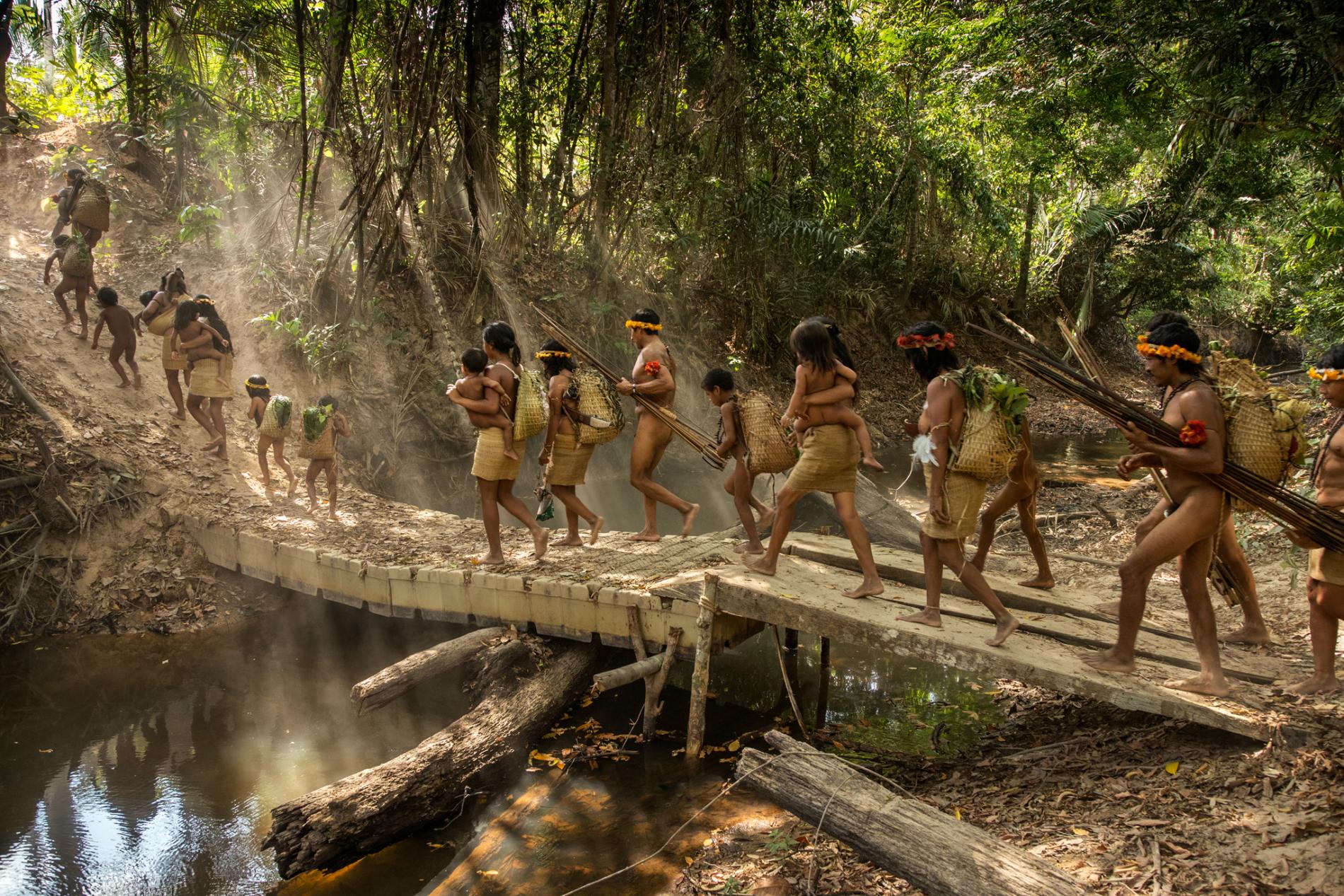Some tribes would sit around and discuss. Others would scatter around while hunting. Some tribes would have hunters hunt by their own. Others would hunt in team. Others in small groups. Others would not have any structure at all. Some would bicker for hours. Others would have a supreme leader give orders.
And then there was the most successful tribe.
The whole tribe would gather around an open campfire. In a simple ritual, the leader of the tribe would throw small spattered bones (of chickens or birds) into the fire. The sparks that would fly off the bones would lead the way. No questions asked. The whole tribe would gather up and start hunting as a group, in that direction.
It did not make any sense to the researchers at first – how could sparks from a campfire make the difference. Untill they dug below the surface of the ritual – below the surface was a very collaborative and simple approach.
The key take-away from the researchers was that it didn’t matter too much which direction the tribe would go if … they would go together as a team, without hesitation and questioning.
So, the next time you’re looking for direction and focus, it does not matter too much which direction you, as long as you go together.[/vc_column_text][/vc_column][/vc_row]
